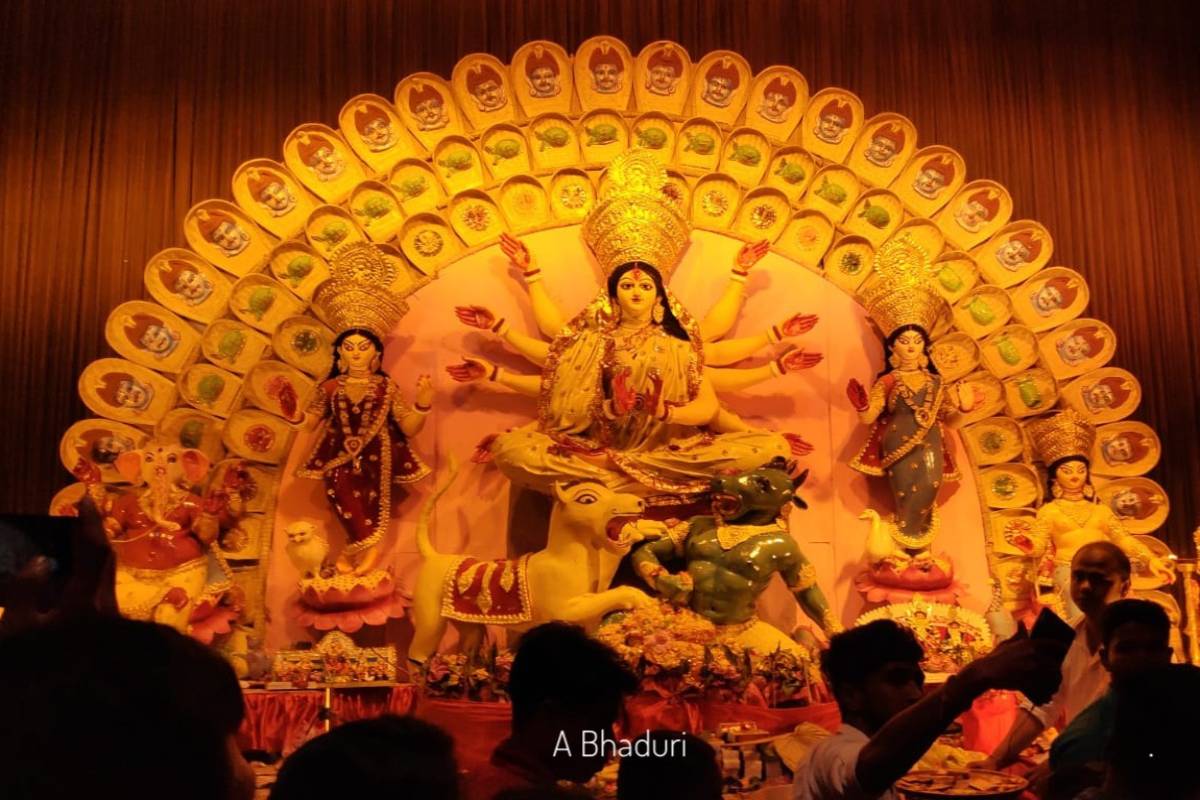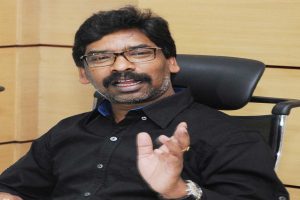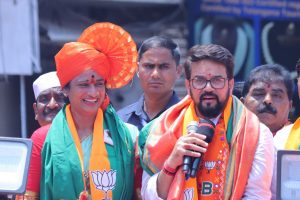Like Kumartuli itself, Kumartuli Sarbojanin, one of the oldest Durga Pujas in North Kolkata, is also rich in its history and myths. It was Netaji Subhas Chandra Bose, who, in the 1930s, took an important role in the evolution of this puja.
As in the baroyari puja and puja of zamindar bari of that time, Durga Puja started here maintaining the practice of worshipping ekchala idols. In the year 1938, Netaji Subhas Chandra Bose was requested to dignify the Presidential post of the puja committee. Though refused the proposal at first for its connection to the Britishers, Subhas Chandra agreed to preside eventually. But his earliest days as the president made him face some terrifying sights- a terrible fire on Panchami was about to stop the puja. Although there was no damage to the mandap (pandal), the idol was completely burnt. And then Subhas Chandra came up with an innovative idea – he asked the artists to create idols differently using five different chala for Goddess Durga and her four children, which would save time as different idols can be made at the same time. Under the leadership of artist Gopeswar Pal, the proverbial figure of Kumartuli, the idols were made overnight. As proposed, ekchala form was substituted by panchchala – pointing to the evolution of Kolkata’s Durga Puja.
A number of people opposed the concept, the change. It is said that Bose denied all these disagreements by presenting a humorously delicate logic. According to the legend, he said that it is better for the children not to be in front of their mother when their mother is fighting with asura.
As the president, Bose first said that something must be done to prove that this Durga Puja is not obedient to the British. The entire puja pandal was decorated with signs of the pain of the subjugation of the country and the struggle of freedom fighters. They worshipped Arter thakur (Goddess of the miserable). Panchchala idol and a presentation of contemporary political awareness- about half a century before the theme pujo took the charge, the city, arguably the country as well, witnessed its very first instance of theme pujo through Kumartuli Sarbojanin by holding Netaji’s hands.











